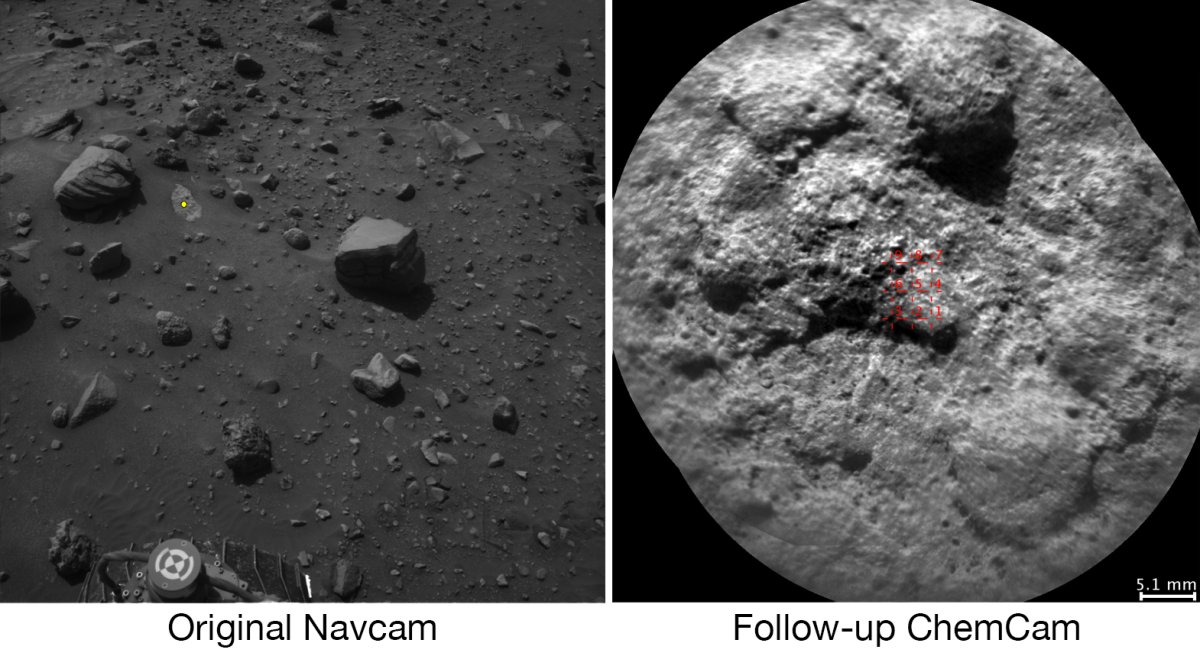
AI-Lead Missions
Steve Chien and Kiri Wagstaff of NASA’s Jet Propulsion Laboratory have predicted that in the future, the behavior of space probes will be governed by AI rather than human prompts from earth. While humanity has made great strides in exploring the galaxies beyond our own, in order to learn even more about our universe, we may need to hand the controls over to robots.
That said, there will be challenges to the hand off, and the difficulties of micromanaging probes in deep space fall into three main categories:
First, probes may fall outside communications range, which means they will have to continue without instruction on their journey. That also means that eventually they’ll have to work out when, and how, to return with the data they have collected. A key aspect of this is knowing which data to document, and how to identify it: for example, deciding if weather is due to a storm or is normal for the planet being observed.
Second, because they will be traveling to areas of space that we know very little about, they will also have to be able to learn in order to adapt to environmental factors, such as unforeseen asteroids, temperatures, or gravities.
Third, because of the time required to travel to those distant parts of the universe, generations of scientists will die before probes return, leaving the probes somewhat to their own devices — so to speak.
